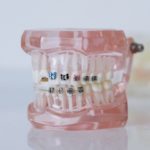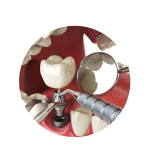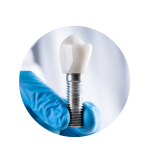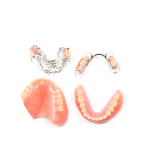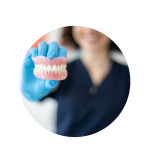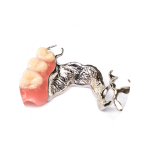🎃 Halloween Sweets and Your Teeth: What You Need to Know 🎃

As the spooky season approaches, so does the temptation to indulge in Halloween sweets. But before you reach for that bag of candy corn or gummy worms, remember that these treats can wreak havoc on your teeth! 😱
Here are some tips to help you enjoy Halloween candy without sacrificing your oral health:
Eat sweets in moderation
It’s okay to indulge in sweets every now and then, but try to limit your intake to only a few pieces per day. This will help prevent the build-up of sugar and acid on your teeth, which can lead to cavities and tooth decay. 🍭
Choose Sweets Wisely
Choose sweets wisely: Some sweets are worse for your teeth than others. Sticky sugars like caramels and taffy can stay on your teeth for a long time, allowing bacteria to feed on the sugar and produce acid. Hard sweets, like Jolly Ranchers, can be worse for your teeth than sticky sweets because they can crack or break your teeth. 😬
Drink water
Drinking water after eating sweets can help wash away the sugar and acid that can damage your teeth. It’s also a good idea to drink water throughout the day to keep your mouth moist and wash away any food particles that can get stuck in your teeth. 💦
Brush and floss regularly
Brushing and flossing your teeth regularly is essential for maintaining good oral health. Make sure to brush your teeth at least twice a day and floss once a day to remove any food particles and plaque that can build up on your teeth. 🧖♀️
Visit your dentist
Regular dental check-ups are crucial for maintaining good oral health. Your dentist can help identify any problems early on and provide you with personalized tips for keeping your teeth healthy. 👥


